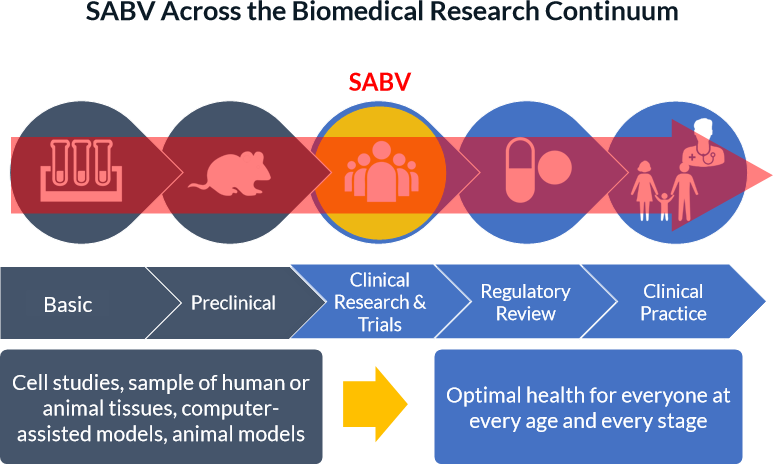☰ ATSU Navigation
NIH comprises 27 institutes and centers (ICs), 24 of which award grants.
Each IC has a separate appropriation from Congress.
The director of each IC decides grant funding. Key considerations for directors include: input from staff, results of the scientific peer review process, public health need, scientific opportunity, and the need to balance the IC's scientific portfolio.
Each IC has a distinct mission that focuses on a specific disease area, organ system, or stage of life. Read about the mission and priorities of an IC on its individual website.
Do your research to identify the ICs that might be interested in your research. Keep in mind topics may be of interest to multiple ICs.
Pro Tip #1: Contact any applicable scientific program official. They can guide you to the best IC home for your idea.
Pro Tip #2: Use the Matchmaker tool in RePORTER to determine which IC may be interested. Watch this video demonstration to learn more.
Pro Tip #3: Ensure the IC is listed as a participating organization on the funding opportunity announcement you use to submit your application.

The NIH Office of Research on Women’s Health (ORWH) has launched 2 new SABV courses:
Register for the free e-learning courses today.
NCCIH funds research as well as research training and investigator career development. The institute will release its new strategic plan for FY 2021 – 2025 soon.
Key things to know about how NCCIH awards funding:
Find active NCCIH opportunities here. For the latest NCCIH news, subscribe to the NCCIH Research Blog.

To facilitate better access to data and collaborative analyses, NIH invests in cloud-based technologies and computational tools.
In 2018, NIH launched the Science and Technology Research Infrastructure for Discovery, Experimentation, and Sustainability (STRIDES) Initiative to provide cloud resources (including data storage) and computing power to NIH and NIH-supported researchers. Through partnerships with commercial cloud providers, STRIDES offers favorable pricing, training, and technical support to participants. To date, over 60 NIH research institutions have used STRIDES services. Read about STRIDES success stories here.
STRIDES has also partnered with the National Library of Medicine’s Sequence Read Archive (SRA) to make over 36 petabytes (that's 36,000,000 gigabytes) of next generation sequencing data publicly accessible via 2 cloud service providers. What does this mean for you? You can now search the whole SRA catalog of genomic data and use the computational tools in the cloud for your analyses. Learn more about this effort here.
